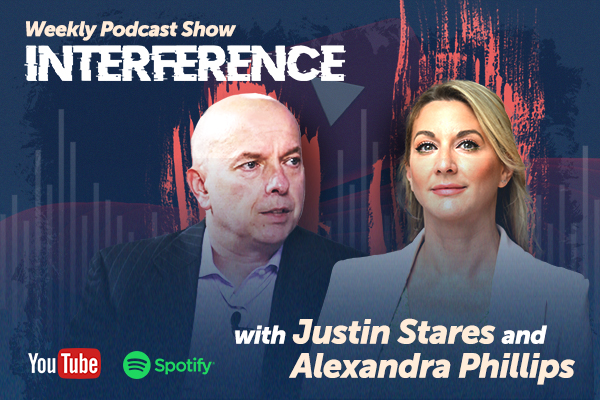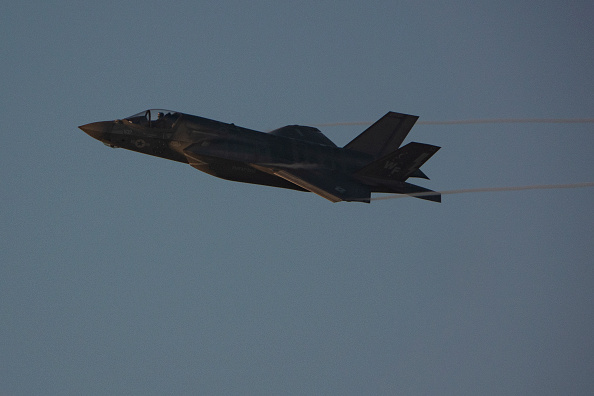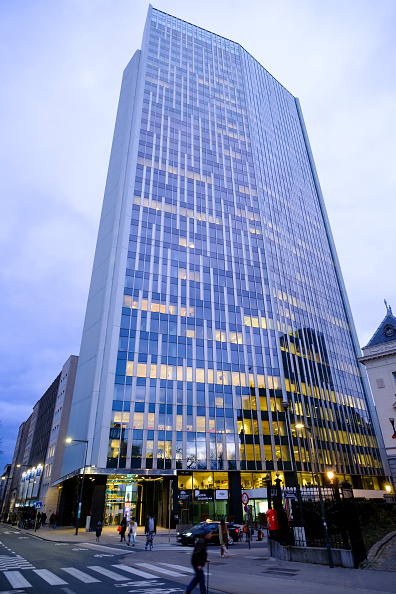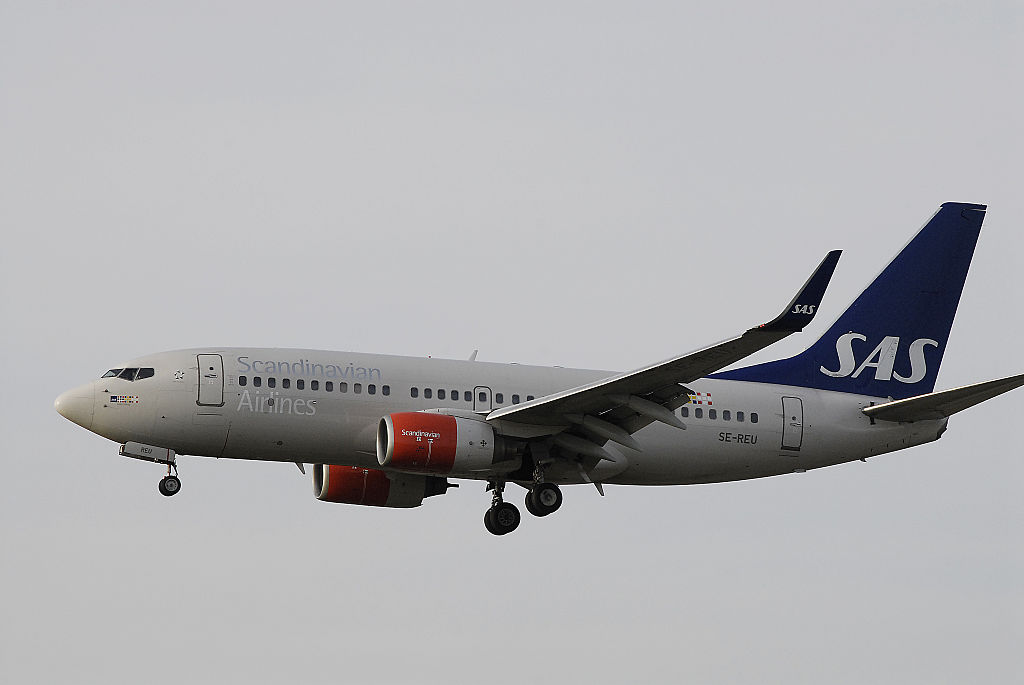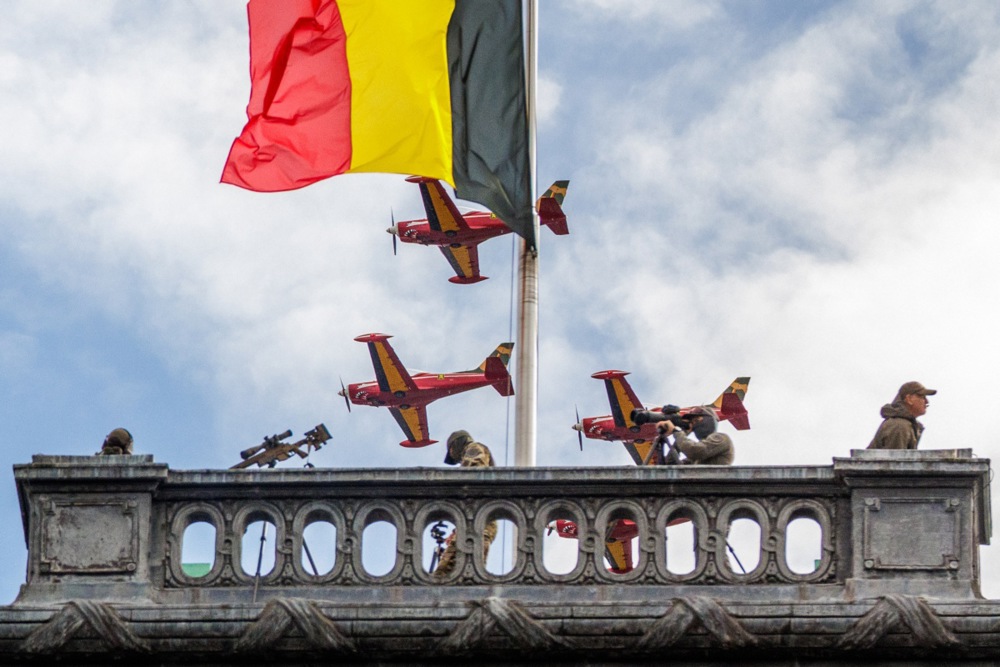Travelling by train in Europe is still struggling to compete with flying, with tickets often more expensive than budget airlines and journeys less direct and harder to book.
Herwig Schuster, mobility expert at Greenpeace, told Brussels Signal on August 21 that the price question was still a main factor for most people choosing between planes and trains.
“Most surveys show that the price is a decisive point when people decide between planes and trains or their cars. Naturally, the cheaper trains, the more people will use it,” he said.
He added that other barriers discouraged travellers. “The complicated ticketing system is clearly a barrier. Secondly, …the lack of direct train connections, such as no direct train from Amsterdam to Copenhagen, and lacking [of] night trains allowing longer distance rail trips [also had an impact].”
Joeri Thijs, spokesperson at Greenpeace Belgium, told Brussels Signal on August 22 the main cause of this imbalance was “unfair taxation rules”.
“In general, there is clearly an unfair taxing and subsidy system in place. Airlines do not have to pay VAT on cross-border flights, while most cross-border rail connections in Europe are still taxed. Secondly, there is no kerosene tax but railways pay energy taxes”, he said.
Greenpeace’ Europe s latest study in August compared the price of trains and planes on more than 100 European routes. It found that in four out of five cases, travelling by train was more expensive, sometimes costing two or three times more than flying.
On some routes, low-cost flights were up to 26 times cheaper than trains. The study said as long as that gap remained, rail could not compete, even though trains produce far fewer emissions.
One of the main differences is how easy it is to book a trip. Buying a plane ticket normally covers the entire journey and gives passengers protection if something goes wrong. By contrast, international train passengers may have to buy two or three separate tickets, with no guarantee that missed connections will be covered in case of delays.
The clearest example of how these problems play out is Eurostar.
“For Eurostar, also the lack of competition for a rail connection between the EU and the UK definitely plays a role,” Thijs said.
“Where there are several providers, high-speed rail can obviously be cheaper than where there are private monopolies.”
According to a December 2024 ranking by the NGO Transport & Environment, Eurostar was among the most expensive high-speed operators in Europe when measured per kilometre. The group pointed out that charges to use the tracks and stations between London and continental Europe were much higher than elsewhere.
Official UK Government reports showed that running a single Eurostar service through the Channel Tunnel and into London can cost several thousand pounds in fees alone.
Eurostar also presents itself as a premium service, not only by being a high-speed train but also by offering more legroom, business-class upgrades, and lounges.
Yet the results of the Transport & Environment study, which alongside other factors also compared delays and cancellations among companies, pointed out that higher prices did not equal higher quality.
The group found Eurostar charged almost twice the European average price per kilometre, while delivering lower service rankings than Italian or Austrian rail operators.
Even without these costs, planes are often cheaper to operate.
Eurocontrol, the European Organisation for the Safety of Air Navigation, put the running costs of an Airbus A320 at about 3.6 US cents per seat-kilometre.
That meant spreading the fuel and crew costs over hundreds of passengers made each seat relatively cheap. Rail works differently.
Data from the International Union of Railways showed that about a quarter of high-speed rail’s operating costs came from charges just to use the tracks and another fifth from energy costs.
In Britain, these access fees can reach £5,000 per train trip. Airlines, meanwhile, pay no tax on kerosene fuel and do not charge VAT on international tickets, while railways face both.
Yet there are examples showing that trains can win when the system is set up differently.
Italy’s Trenitalia ranked first in the Transport & Environment study. Unlike in many other countries, high-speed rail in Italy is not a monopoly: Trenitalia competes directly with the private operator Italo, which has forced prices down on busy routes such as Rome–Milan.
This has made trains both cheaper and more attractive than flying. Italy also runs more domestic night trains than France or Germany, giving passengers long-distance options without having to fly.
And its network design offers more direct city-to-city links, rather than forcing travellers to pass through central hubs. Austria’s ÖBB came second overall, thanks to its large international night-train system.
Campaigners have argued that making trains more competitive required changes at the European level. Schuster said one of the most effective steps would be the introduction of more direct international trains, which were often cheaper than journeys involving several transfers.
“The EU needs to introduce a unified ticketing system so that travellers can buy one ticket for an entire cross-border trip, instead of piecing journeys together,” he added. The main reasoning behind this suggestion was that flights do not suffer from the same geographical barriers as trains do.
Thijs added that Brussels can play a role in speeding up progress: “The [European] Commission has announced to come up with a plan for a unified ticketing system during this autumn.
“National governments can urge the Commission anytime to speed up an be progressive, and even more, to support the plan [if good] or ask for improvements if needed. Specific taxation is the hands of national governments.
“Belgium can introduce or strengthen such specific taxation scheme, such as reducing or skipping VAT on public transport, increasing reintroducing higher flight ticket taxes etc,” he said.
There is also debate about banning or restricting short flights where a train alternative exists, something France has already tried.
Schuster noted though that such bans would only cover a fraction of aviation’s emissions but are “the easiest to reduce by shifting to train, compared to long-haul flights”.
Despite the challenges, demand for rail is showing signs of growth. “There is a trend towards using more rail across Europe. But also overall travel demand is increasing, which means that also air passengers numbers are increasing,” Schuster said.
Surveys cited in the Greenpeace study also suggested millions of people would prefer to travel by train but both their outlooks and the rest of the research pointed to affordability and availability remaining the biggest problems.
